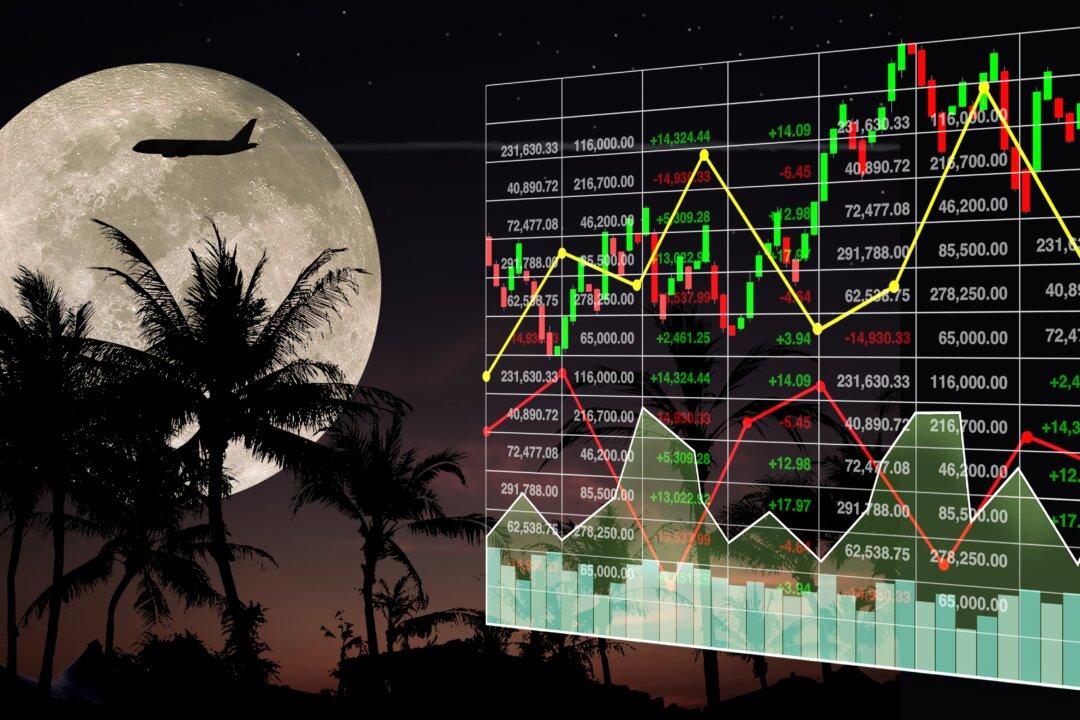Recent stock market downturns and uncertainty surrounding how U.S. tariffs would impact the economy have many analysts predicting an upcoming recession. J.P. Morgan Research indicates there’s a 60 percent probability of a recession occurring in 2025. As of April 15, J.P. Morgan has maintained this call, despite recent tariff developments.
But what exactly is a recession? There’s no universal definition of a recession. But it’s often referred to as a period of widespread economic decline lasting more than six months and characterized by a drop in gross domestic product (GDP), increased unemployment, and reduced business activity.
Recessions also often coincide with bear markets, which are market declines of 20 percent or more. But even if we do see a recession-driven bear market, there are some steps you can take to protect your portfolio and overall finances. So let’s take a closer look.
Stay the Course
One of the worst things you can do during a market downturn is sell off all your investments, as this means you would lock in losses. And you’d miss out on any gains and future compound interest when the market rebounds. And it will.Even bear markets are short-lived.
A bear market lasts an average of 9.6 months, according to an analysis by Hartford Funds. On the other hand, bull markets typically last about 2.6 years on average.
It’s also important to understand that recessions are inevitable instances in economic cycles. Since 1948, the United States has gone through 12 recessions. That’s an average of one every six years. And the average recession lasts only 11 months.
So try to avoid giving in to your emotions and stay the course. If you’re investing in retirement plans such as a 401(k) or individual retirement account (IRA), keep up with your contributions. In a market downturn, you’d be “buying the dip” and essentially purchasing stocks at a discount. But your shares could come roaring back when the market recovers. You could also consider taking a look at stocks you’ve always wanted to own. Give these a price threshold. And if they fall to or below that threshold, consider sweeping them up for cheap.
Diversify Your Portfolio
A well-diversified portfolio that aligns with your investing goals and time horizon should be able to weather any economic cycle in the long run. Make sure you’re diversified across different sectors, geographic locations, and companies of varying sizes. You could also take a closer look at industries that are in demand under any market cycle. These include consumer staples, utilities, and health care. An index fund or exchange-traded fund (ETF) that tracks these industries could give you exposure without the need to individually analyze and pick different stocks in those sectors.Moreover, you may want to consider alternative investments that tend to perform well during recessions. These include gold and real estate investment trusts (REITs).
During the recession of 1980–82, the benchmark S&P 500 Index dropped 27 percent, while gold rose 46 percent, according to research by RJOFutures. And during the market crash from 2000 to 2002, gold increased 12 percent and the S&P 500 dipped 49 percent.
Moreover, the FTSE Nareit All Equity Index—a broad index of U.S. equity REITs—delivered average annualized total returns of 15.9 percent during the six recessions prior to 2022, according to an analysis by Nareit.
Of course, this doesn’t mean you should dump all your investing dollars into alternative investments or sector-specific ETFs. But these could be key components to analyze and see if they fit into your diversified portfolio.
Beef Up Your Emergency Fund
If you’re unemployed or expect a job loss, your money would serve you better in a liquid and high-yield emergency fund than it would in a volatile market. Most financial experts suggest you have at least six months’ worth of necessary expenses shored up in an emergency fund.These days, you can still find high-yield savings accounts that pay around 5 percent annual percentage yield (APY). That dwarfs the national savings account average of 0.41 percent. You could also seek money market accounts. These tend to pay higher interest rates than traditional savings accounts but could be more liquid as they are generally tied to debit cards. The important point here is to shop around for the highest-yield savings option with little to no fees. In addition, you could also consider short-term certificates of deposit (CDs) and generally safer securities such as money market funds.
The Bottom Line
Recent economic turmoil has pushed some analysts to project a recession sometime this year. Recessions are often associated with GDP decline, unemployment increases, slowing business development, and market downturns. But there are ways you can defend your portfolio from a recession. Avoid panic selling and maintain a well-diversified portfolio that aligns with your unique goals. But more importantly, make sure you build an emergency fund that could weather the storm.The Epoch Times copyright © 2025. The views and opinions expressed are those of the authors. They are meant for general informational purposes only and should not be construed or interpreted as a recommendation or solicitation. The Epoch Times does not provide investment, tax, legal, financial planning, estate planning, or any other personal finance advice. The Epoch Times holds no liability for the accuracy or timeliness of the information provided.








